Iot Bit 4g, 3g & Gsm V1.5 Hat For The Raspberry Pi
About the project
IoT Bit is proud to present the 4G Development board, a 4G HAT for the Raspberry Pi which provides 3G mobile data for the Raspberry Pi mini computer. Our intelligent HAT module provides your Raspberry Pi with mobile data, GPS positioning information and battery support.
Project info
Difficulty: Moderate
Platforms: Arduino, Home Assistant, Raspberry Pi, Samsung IoT, Ubuntu
Estimated time: 2 hours
Items used in this project
Hardware components
Story
IoT Bit is proud to present the 4G Development board
A 4G HAT for the Raspberry Pi which provides 3G mobile data for the Raspberry Pi mini computer. Our intelligent HAT module provides your Raspberry Pi with mobile data, GPS positioning information and battery support. This is the perfect module for hackers, scientists, and creators as it gives your Pi powerful connectivity wherever you are. Simply plug our module into your Raspberry Pi and start playing.(4.5 mbps) – Fast internet connectivity for web browsing and data transfers for your Raspberry Pi, excellent for large downloads and video streaming.The HAT can integrate easily with the software on your operating system giving you access to general internet data through the mobile network. Using our API this hat gives you the ability to send SMS (text) messages. We also give easy access to the GPS onboard which exposes location data.We now have an Upgrade Antenna for 3G & 4G LTE. Just pick Upgrade or High speed in the selection menu or if you want them separately here is the link:HAT Features: Supports any micro Sim. Slot your Sim card in and get going. 4G Mobile Data for the Raspberry Pi. Easy set-up, with a single terminal command setup our software to streamline IoT Bit with your Raspberry Pi. Wake up your Pi or trigger events with text messages. Wide range of external antennas for GPS and signal boosting. High-efficiency power regulation up to 3 amps. Use for external projects with a solar panel and battery pack. It can be used in conjunction with our Sensly gas monitoring HAT.Mobile Data Options for the Raspberry Pi mini computer:GSM (85 kbps) – Perfect for logging data from sensors and controlling your Raspberry Pi.3G (4.5 mbps) – Fast internet connectivity for web browsing and small data transfers.4G (100 mbps down/ 50 mbps up) – Ultra fast internet connectivity for your Raspberry Pi, excellent for large downloads and video streaming.Power4G operates at 3.3V, its power supply can be either a 3.6 – 4.2V LiPo battery with a battery protection IC or a 5V USB cable with a minimum of 2A current rating. If you are powering a Raspberry Pi 3 then it will need to have a minimum of 2.5A current rating.Power ConsumptionOperation // Current Draw Idle ~25mA Modem on ~100mA Sending SMS ~200mA Making Call ~250mA Transmitting Data ~400mA
Step 1: Whats in the Box?
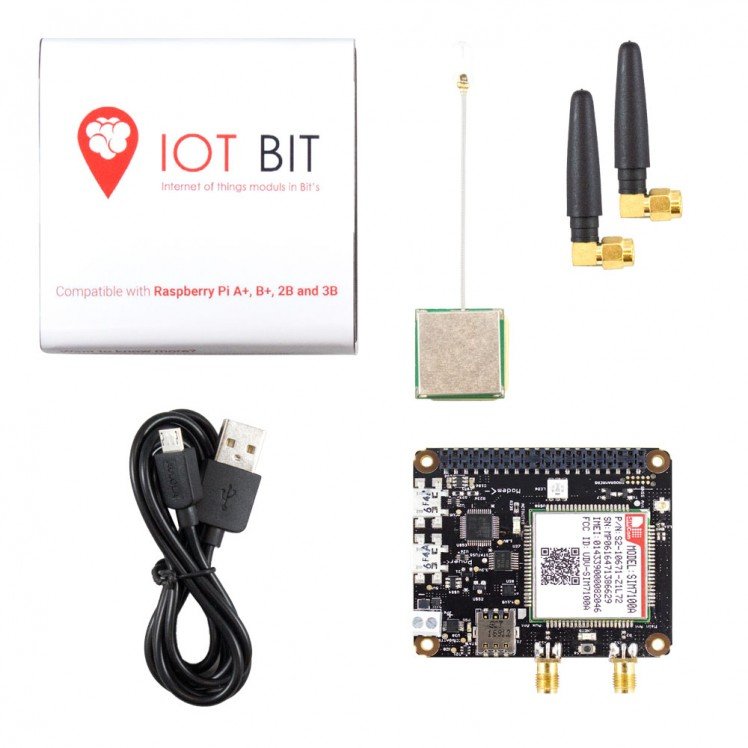
Package includes:
1 x 4G Board
1 x GPS antenna
2 x signal antenna
1 x USB cable to micro USB
1 Link to instructions
Step 2: 40-Pin Header Layout
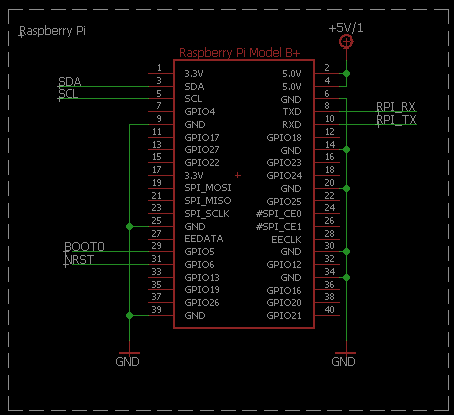
The schematic of the 40-Pin header to fit your project accordingly with the available pins.
Available Ports
Port//Description
1 Diagnostics port for output developing messages
2 NMEA port which outputs GPS information
3 AT command port
4 Modem port for ppp dial
5 USB-Audio port
Step 3: Put IoT Bit Together With the Raspberry Pi
- Raspberry Pi wall plug Into IOT BIT to power both IOT BIT and Raspberry Pi. ( You don't need to also plug in the Raspberry Pi).
- Put the 2 antennas and the GPS antenna into IOT BIT.
- Sim card into the IOT BIT (which you can buy from any major sim provider )
- USB into the modem to connect to the Raspberry Pi.
Step 4: Setting Up the Raspberry Pi
Components needed for the Raspberry Pi to be operational:
- Raspberry Pi 2 or 3.
- Monitor.
- Mouse and keyboard.
- HDMI Cable.
- Raspberry Pi Charger.
- SD card (more than 8GB is required) with the latest version of Raspbian Jessie.
The guide to setup the Raspberry Pi software can be found at https://www.raspberrypi.org/learning/hardware-guide/
The latest version of the Raspbian Jessie can be found at https://www.raspberrypi.org/downloads/
Step 5: Connect the IOT BIT With Your Raspberry Pi

- Connect the 40-pin of the IOT BIT with the 40-pin of the Raspberry Pi.
- Connect the USB from the modem of the IOT BIT to the USB Slot of the Raspberry Pi.
- Connect the Raspberry Pi charger to the power pin of the IOT BIT, the IOT BIT will power your Rasberry Pi.
- For the IOT BIT to power, the Raspberry Pi, press the button that states PWR (power) in the IOT BIT.
Step 6: IoT Bit Easy Setup
There are multiple ways to get this up and running. The first is to download the disk image and flash it using Win32 Disk Imager. You will need an SD card that is 8GB or bigger. The link for the download is below:
http://download.altitude.tech/
To use turn on the IoT Bit by plugging in the power cable to the USB port labeled POWER. Once connected the IoT Bit will power the Raspberry Pi.
Also, you can use IOT BIT on a windows system. All you have to do is use these drivers and install them: http://download.altitude.tech/IoT%20Bit%20Windows%...
Step 7: Functions of LEDs
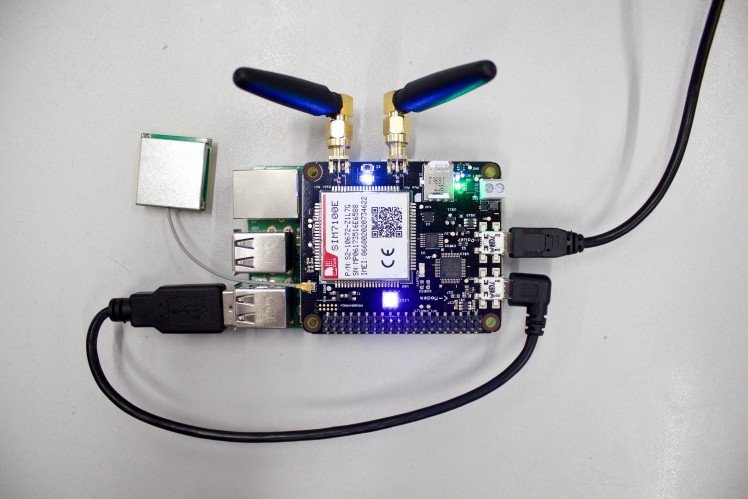
POWER (Green) - This Led should be on when the IoT Bit is connected via USB, when the IoT Bit is powered via battery this led will be off.
CHARGE (Blue) - Led is on when the IoT Bit is connected via USB, when the IoT Bit is powered via battery this led will be off. This Led also works as an indicator when the battery is fully charge, If they IoT Bit is connected via USB and the battery is connected too. Once the battery is charge this Led will turn off.
ACTIVITY (Blue) - I is reserve for future use, currently is use internally.
NET (Blue) -when it turns on shows that the IoT Bit is reading the sim card, when this led is blinking it means that the signal is lock to the provider of the Sim card. If there is any internet >https://github.com/Altitude-Tech/iotbit_Install
This should take around 30 minutes to complete as installing the kernel headers takes a long time. But once this is completed and your IoT Bit is connected via USB to the Raspberry Pi you should be able to run
- $ lsusb | grep Qualcomm
And see a Qualcomm device connected. As a final check you can also run
- $ ls /dev/ttyUSB*
And see 5 usb devices connected these are the virtual com ports for the modem.
Step 10: Set Up Wvdial and Connecting to the Internet
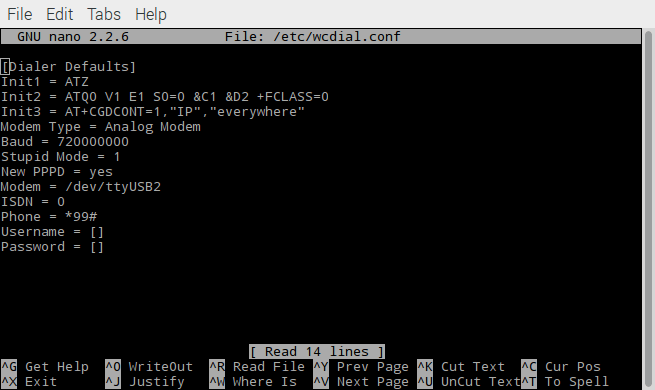
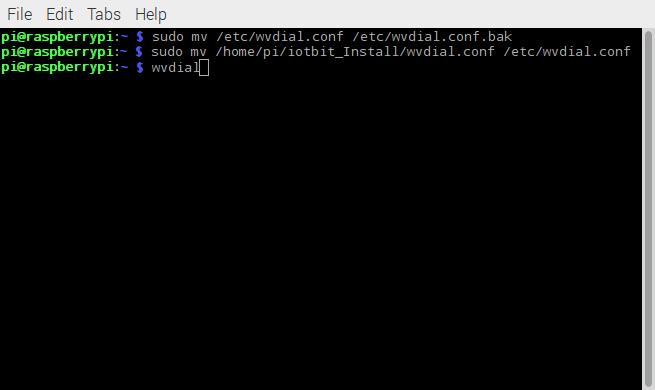
One of the important features of the IOT BIT 4G is its ability to connect to the internet using the mobile network, but for that, it needs to be configured to do so. This step will cover the link between the IOT BIT and the internet using the sim card information.
Now we need to configure the wvdial.conf file to enable IOT BIT to connect to the internet using your sim card. You will need the USSD code used to fetch the sim cards registered number. For example, on giffgaff this code is *99#. Or you can just use the sim cards phone number if you can't find the USSD code but just remember you will have to edit the file to change the number if you change the sim.
So we will need to open the file found in the iotbit_Install folder called wvdial.conf using a text editor of your choice.
- $ sudo nano /home/pi/iotbit_Install/wvdial.conf
Then add to the file your USSD code or phone number in the 'Phone =' field. Then save and exit the file by pressing ctrl+x then y
We now need to move this file to the correct place to the system can find it.
- $ sudo mv /etc/wvdial.conf /etc/wvdial.conf.bak
- $ sudo mv /home/pi/iotbit_Install/wvdial.conf /etc/wvdial.conf
- $ sudo wvdial
This last step takes around 30 seconds. If successful, you should be connected to the internet with your Raspberry Pi.
Step 11: Setting Up the Network Interface to Use the Modem Automatically
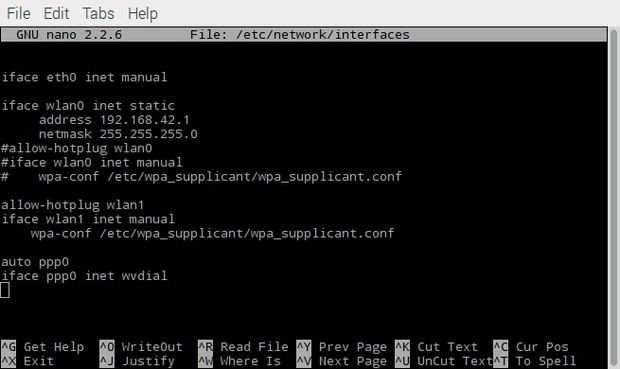
To enable the Pi to connect IoT Bit to the internet using the mobile network automatically, we use the following steps.
First, open the file called interfaces using:
- $ sudo nano /etc/network/interfaces
Then add the following lines at the bottom of the file:
- $ auto ppp0
- $ iface ppp0 inet wvdial
Then reboot the Pi, ensuring that the IoT Bit is on and the Modem USB port is connected to the Pi.
- $ sudo reboot
If successful when the Raspberry Pi boots you should be able to connect to the internet using your IoT Bit.
Step 12: Enable the GPS
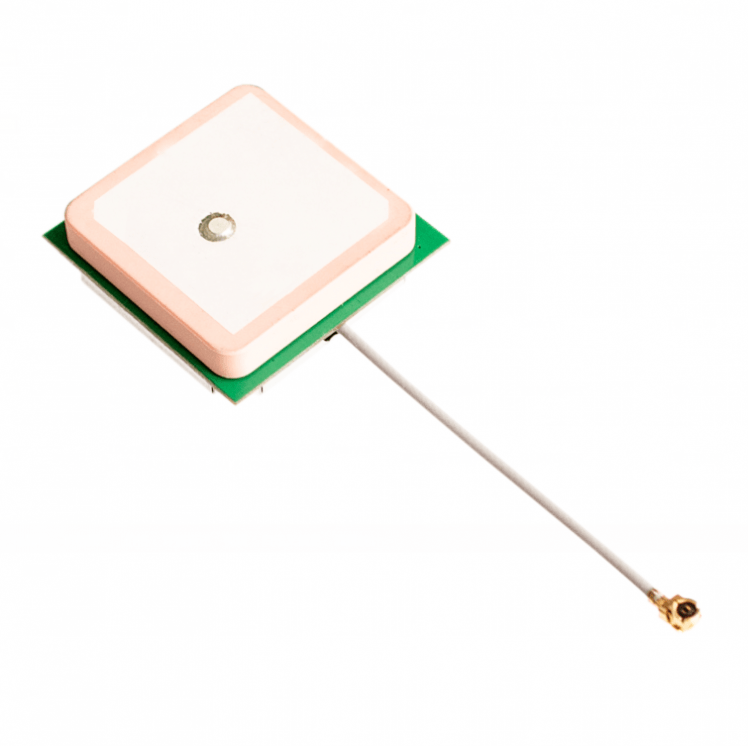
The IOT BIT has the GPS feature, but it needs to be activated. First, minicom needs to be installed in order to test the GPS. This is done by using the following command:
- $ sudo apt-get install minicom
This is a terminal that operates in the command window, enter the minicom terminal using:
- $ minicom –D /dev/ttyUSB2
In order to operate the minicom press CTRL+A and then Z, this will show all the different options that can be used. The echo local will need to be enabled. This is done by pressing CTRL+A then E. Once this is enabled you can enable the GPS this is done by typing inside the minicom terminal:
- AT+CGPS=1
It will show a message of Ok! The to get the information of the GPS location use the following command:
- AT+CGPSINFO
Step 13: Congratulations!!!!

You have a working IoT Bit, now you can do some amazing experiments with it.
Step 14: Extra Components for Upgraded Connectivity
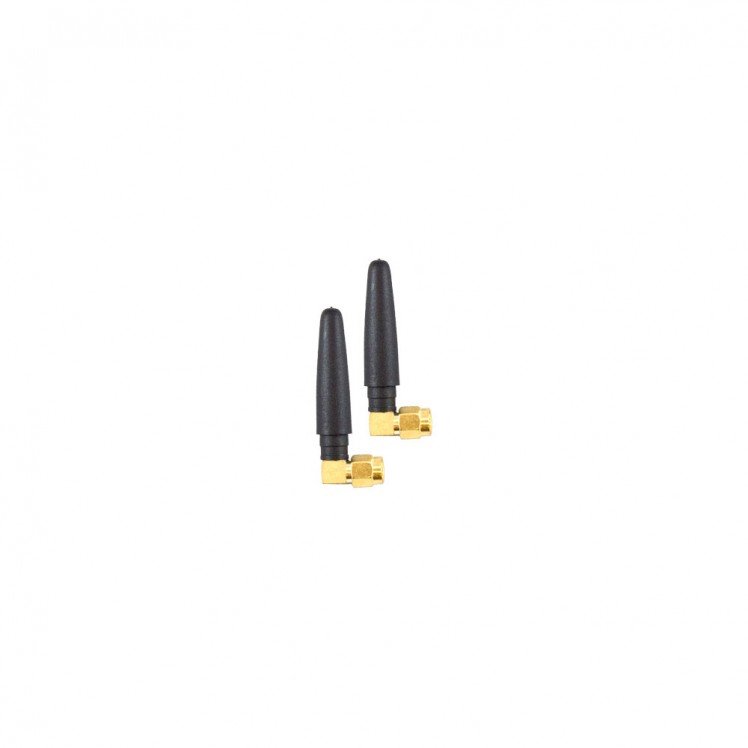
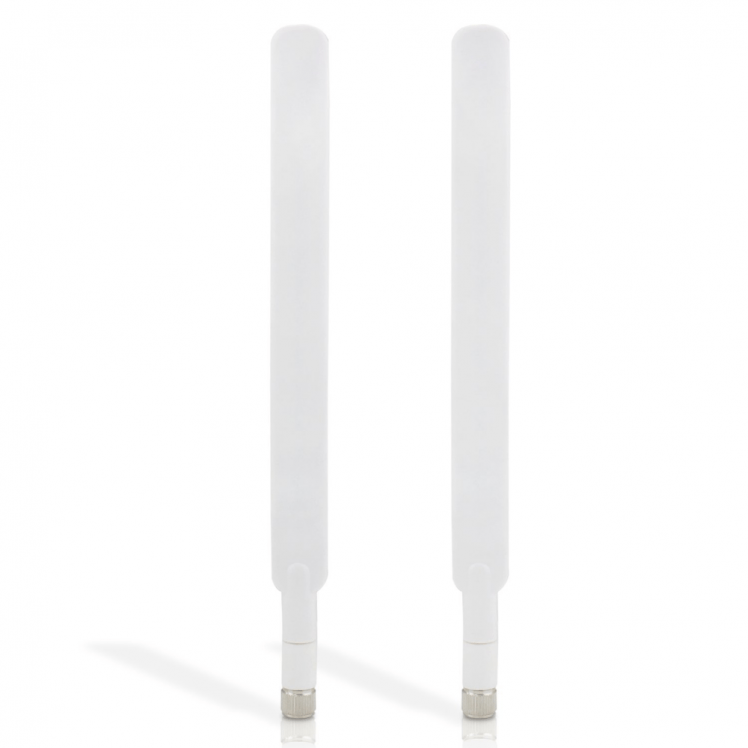
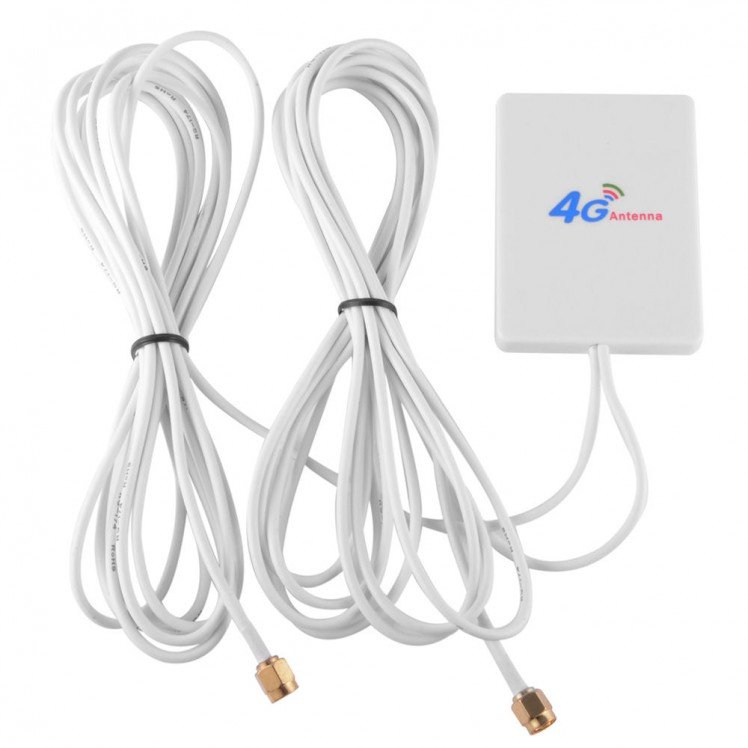
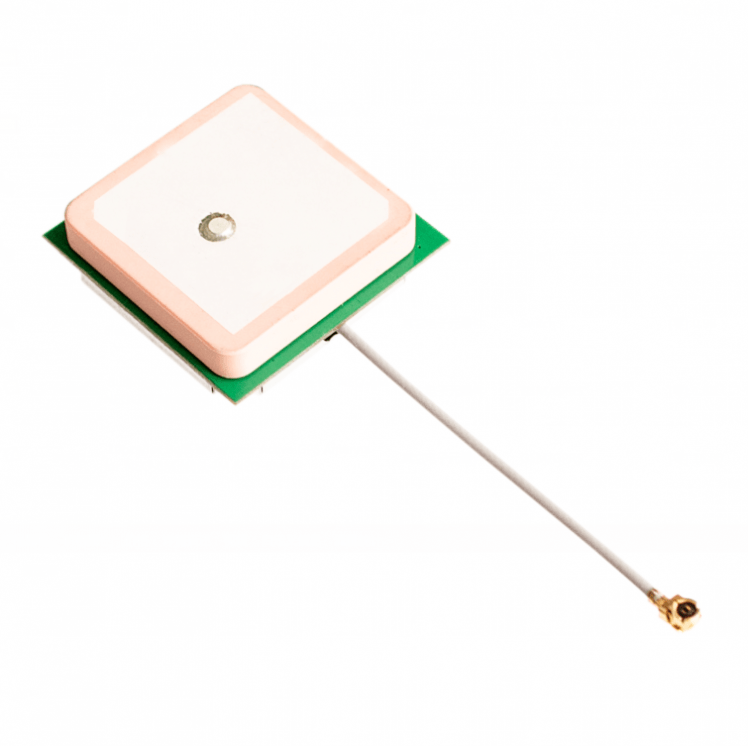
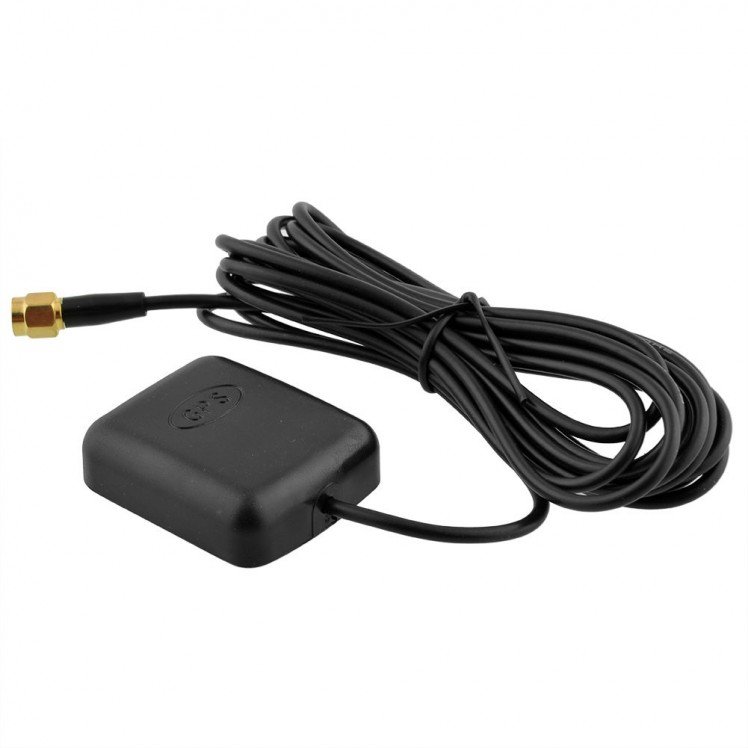
Antennas
- Normal 443MHZ
- Upgrade 10dBi
- Highspeed 28dBi
GPS
- Small GPS
- Waterproof GPS
All Available on our Altitude Web store
Step 15: Want to Win £500 Cash for Sharing Your Project??
At Altitude Tech LTD we are passionate makers and love hearing about all the projects people are creating with IoT Bit.
But we want to hear about more projects and share them with all IoT Bit users.
To reward great projects we will give away a £500 Prize to one lucky winner Every Month!!!
Heres how to enter:
1. Purchase an IoT Bit which you will need to use for your project.
2. Complete your project.
3. Write up a guide on how you did your project.
4. Share it with us on IoT Bit twitter or IoT Bit Facebook
5. Wait until the end of the month for your prize to be announced.
We can't wait to see it, Good luck...
Code
Credits

Altitude_Tech
Altitude Tech LTD is founded by professionals and students in the area of robotics, electronics and product design, which makes the team the heart of the company.





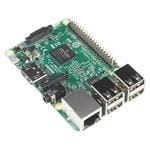


























Leave your feedback...